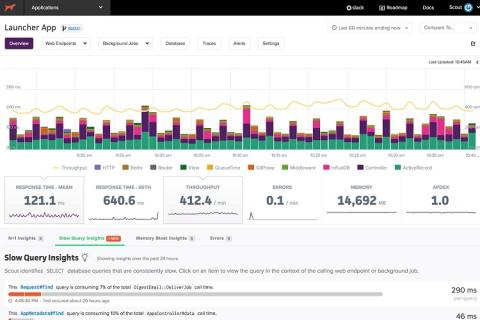Your Rails & Elixir performance metrics inside Chrome Dev Tools
Browser development tools - like Chrome Dev Tools - are vital for debugging client-side performance issues. However, server-side performance metrics have been outside the browser's reach. That changes with the Server Timing API. Supported by Chrome 65+, Firefox 59+, and more browsers, the Server Timing API defines a spec that enables a server to communicate performance metrics about the request-response cycle to the user agent.











